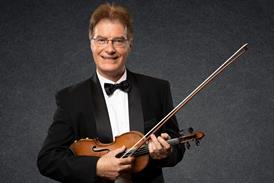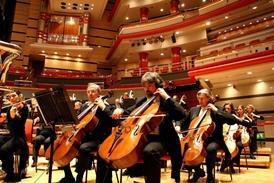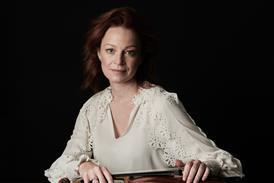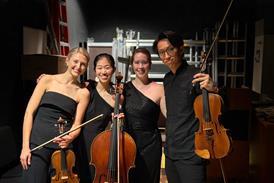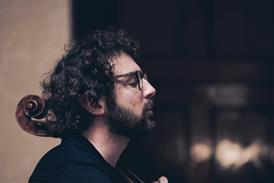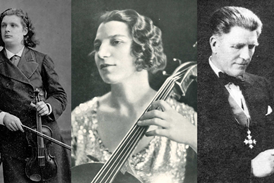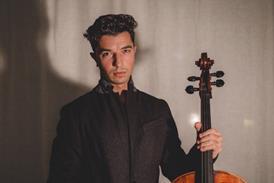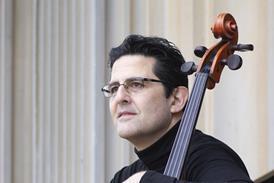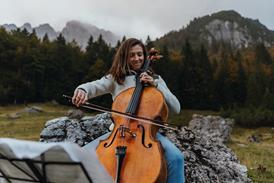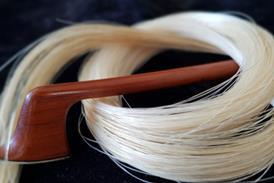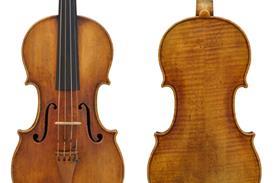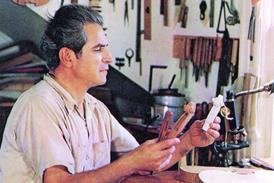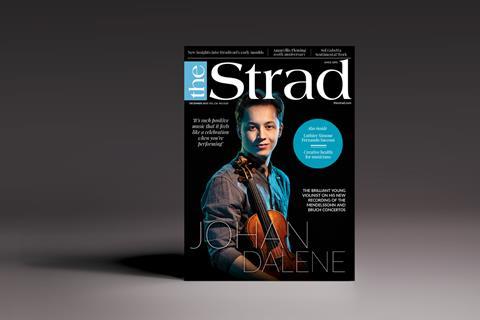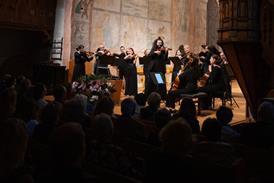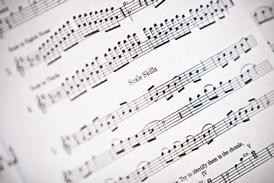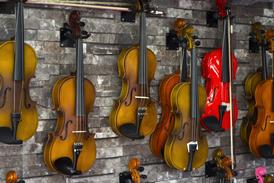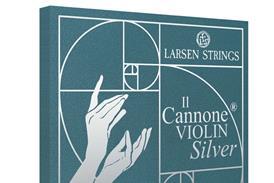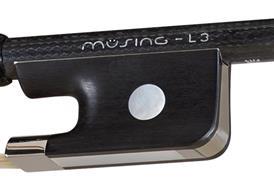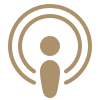- News
- For Subscribers
- Student Hub
- Playing Hub
- Directory
- Lutherie
- Magazine
- Magazine archive
- Whether you're a player, maker, teacher or enthusiast, you'll find ideas and inspiration from leading artists, teachers and luthiers in our archive which features every issue published since January 2010 - available exclusively to subscribers. View the archive.
- Jobs
- Shop
- Podcast
- Contact us
- Subscribe
- School Subscription
- Competitions
- Reviews
- Debate
- Artists
- Accessories
Masterclass: violist Emilie Hörnlund on Beethoven String Quartet op.59 no.1

Swedish violist Emilie Hörnlund, of the Chiaroscuro Quartet, discusses how to achieve optimal articulation, balance and flow in the first movement of the first ‘Rasumovsky’ Quartet
Explore more Masterclasses like this in The Strad Playing Hub
Read more premium content for subscribers here
There’s something so joyous and youthful about this movement that it just makes me smile. It’s so sunny, positive and warm, so sparkling and alive – full of almost puppy-like anticipation. I could listen to it on repeat, and I force my kids to listen to it too! Right now it’s my favourite Beethoven quartet. Ask me tomorrow, of course, and I’ll tell you something different.
Already subscribed? Please sign in
Subscribe to continue reading…
We’re delighted that you are enjoying our website. For a limited period, you can try an online subscription to The Strad completely free of charge.
* Issues and supplements are available as both print and digital editions. Online subscribers will only receive access to the digital versions.

